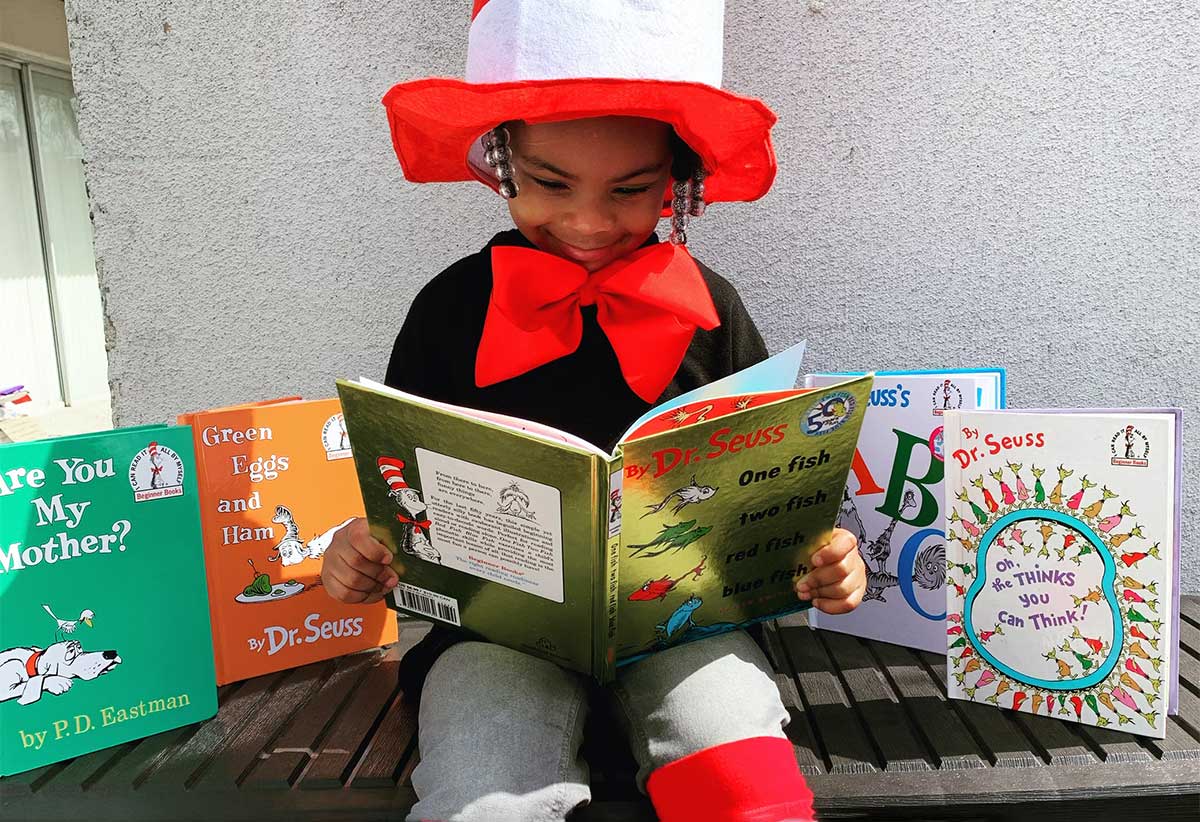
One of the implications of the COVID -19 pandemic on the education system is our increasing dependence on contemporary technologies, which has resulted in the disbursement of thousands of eLearning devices to students. Literacy now comprises of an amalgamation of traditional methods of reading and writing, digital reading and writing and the ability to navigate technological platforms. Consequently, technological devices such as computers, tablets and cellphones have become quite ubiquitous among children.
Cellphones are extremely useful, but we are reminded of the proverbial expression that ‘too much of anything is good for nothing’. What happens when our children overindulge in their use? Undoubtedly, this phenomenon has resulted in the emergence of new terminologies such as nomophobia, (the fear of losing your phone) and phantom vibration (feeling that your phone is vibrating when it is not). Irrespective of its apparent social and psychological effects, the cellphone and other technological tools can be of educational significance to students, even when they are away from the classroom. The month of May has been designated as Reading Month and many commemorating activities have been organized by educational institutions to create an awareness of the importance of reading. Parents can also facilitate this awareness by ensuring that these devices are used to inculcate a love for reading.
Simply defined, reading is the act of getting meaning from print. It involves a combination of skills such as word recognition, comprehension and fluency. Reading is a conveyance to the world around us; it increases knowledge, improves memory and enhances writing abilities. There is a direct correlation between reading and writing, and research has shown that children who read extensively become more proficient writers. However, the differences between digital reading and print reading must not be discounted. The distractions which the reader has to endure during digital reading is of major significance. Children are often required to conduct research on diverse topics, but the over stimulation of the senses from advertisements which suddenly appear on the screen, would cause them to discontinue the task and ‘check out’ what is being advertised. Thus, in the space of minutes, they would have scrolled through numerous posts with irrelevant content. Conversely, print reading does not contain the distractions that are found digitally. This is predicated on the realization that there are no notifications vying for attention, or websites requesting that the reader sign in or subscribe, to view a particular content. Irrespective of the disadvantages associated with digital reading, the following recommendations are some of the ways parents can guarantee that children cultivate better habits and engage in more meaningful reading online.
1. Explore educational websites: The internet contains an extensive number of educational websites such as Scholastic, Reading Rockets, ReadWriteThink, Read Theory, Starfall and Reading Bear, which provide an overabundance of interactive reading materials to young children. They foster word recognition and sight word building skills, which are the building blocks of fluency. Reading apps can be downloaded from Google Play Store or eBooks can be accessed from Kindle, Nook or Inkitt, for more advanced readers. These resources contain a plethora of content from various genres which can be used to facilitate reading. It is incumbent upon parents however, that they monitor these materials in order to safeguard children from illicit and inappropriate information. Furthermore, some content may be age specific and cater to more mature audiences 18 years and older.
2. Encourage children to read for various purposes: Children may not hesitate to point out that they read all the time, but what are they actually reading? Is the material beneficial to them in any way? Would it increase vocabulary, enhance comprehension or broaden their knowledge? Apart from reading for pleasure, children can read a variety of non-friction materials such as instructional guides (manuals), recipes, news items, articles, magazines and blogs. They can also read to acquire vicarious experiences. This means that they can experience the world around them by reading about the experiences of their counterparts.
3. Make reading interactive: Reading is recognized as a social activity which fosters the development of a profound bond between parents and children. Parents can assign the reading material and after reading, engage in a question and answer session. They can also participate in shared reading activities, where the reading is done alternatively.
4. Provide incentives: Children may be more fascinated by the games on their devices, because of the pleasure factor. This level of interest can be replicated in reading by providing exciting opportunities for them to interact with the material, and rewarding them for completing various reading tasks. Reading should never be regarded as a chore or as a form of punishment. It should be something that children enjoy and are intrinsically motivated to engage in.













I found your third suggestion to be high effective. They used Youtube and Google to research more about what they had read and we had discussed. This activity will become permanent in my household.
Correction:
I found your third suggestion to be highly effective. My wards used Youtube and Google to research what they had read and we had initially discussed. This activity will become a permanent in my household.
(Readers, I am sorry about the whirlwind first comment 🙂